Medical Marathon
Athletes of all walks of life gathered in New York City’s five boroughs on November 5 to participate in the TCS New York City Marathon, where students and faculty from the College of Osteopathic Medicine (NYITCOM) were on hand to provide necessary medical care.
The 26.2-mile course winding from Staten Island to Manhattan is not an easy trek, and a plethora of medical personnel were on hand for the entirety of the day’s event. Inside the marathon’s many medical tents, stationed at each mile, were physicians specializing in sports medicine, emergency medicine, cardiology, and other areas; nurses; physical and occupational therapists; massage therapists; pharmacists; and EMTs.
Volunteering alongside them were NYITCOM students, including those working under the guidance of NYITCOM Assistant Professor of Clinical Specialties Jennifer Maccagnano, D.O., and Associate Professor and Associate Dean of Academic Affairs William Blazey, D.O.
Students played various roles depending on the tent to which they were assigned. While some took runners’ medical histories and completed physical exams, others transported athletes from triage to the necessary medical tent for further care. Several also acted as scribes for the on-site physicians.
Two NYITCOM students, Sarah Gerard and Tahany Moosa, provided care alongside Blazey in a tent at mile 26. Just two-tenths of a mile before the marathon’s end, they served as the last medical team runners would encounter before crossing the finish line. Their unique position along the course meant they treated runners who were “hitting the wall” both physically and psychologically with ailments like electrolyte imbalances, dehydration, muscle cramps, and minor injuries.
In tent P5, located at the finish line, NYITCOM students assisted in treating an estimated 1,500 patients. In the tent’s resuscitation pod/critical care section, Maccagnano served as one of the physician captains, and fourth-year medical students Alex Sneddon and Timothy Li assisted patients suffering from serious complaints like syncope (fainting), shortness of breath, severe muscle cramps, and chest pain, including a patient with a myocardial infarction (heart attack).
“As a future emergency medicine physician, volunteering at the marathon provided ‘stress training’ that translates well to working in a busy emergency department,” Sneddon says. “This resource-limited environment mimicked working in a more remote emergency department, which is a unique experience not often found in our normal medical rotation sites.”
Maccagnano says student involvement at the marathon was not only helpful but served as a one-of-a-kind learning experience for the future physicians.
“In the critical care section, we had a debrief that our students were a part of,” she says. “It was a great learning experience for them to be involved and hear from a large team about the positives and negatives of a resuscitation.”
Li is grateful to have practiced real-world applications of osteopathic manipulative medicine (OMM) techniques like muscle energy and myofascial release used by osteopathic physicians (D.O.s) to diagnose, treat, and prevent illness or injury.
“This experience reinforced how useful and versatile OMM can be,” he says. “As someone who hopes to incorporate OMM into my own future practice as a physician, the marathon was an excellent opportunity to treat patients and hone my skills.”
More Features
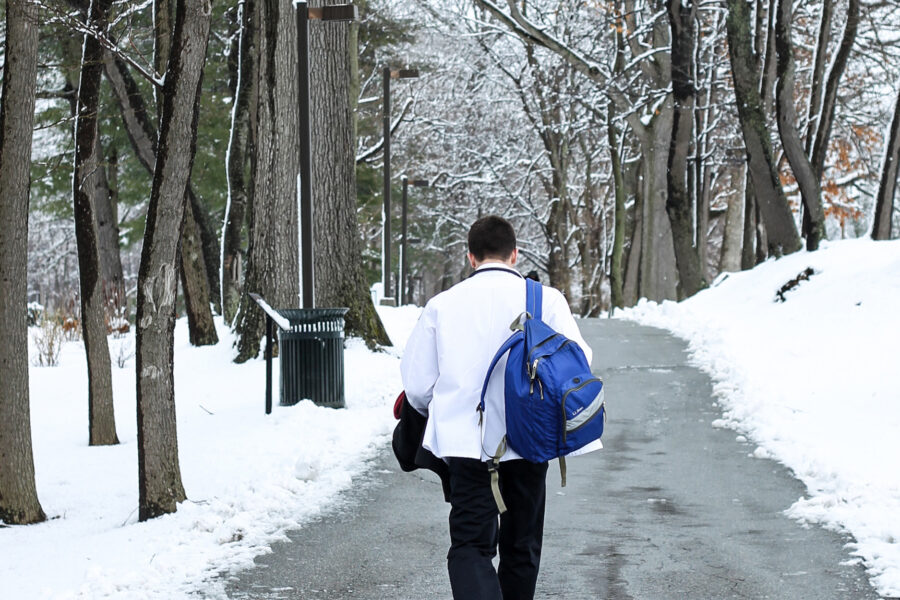
Winter Weather Safety 101
Shane Speights, D.O., site dean at NYITCOM-Arkansas, shares tips to stay warm, dry, and safe during the cold months.
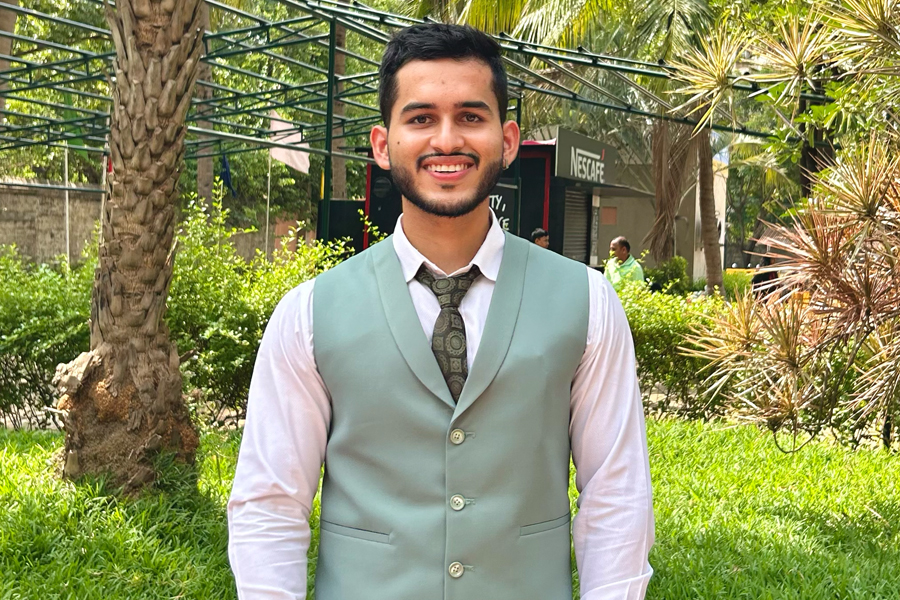
Intern Insight: Hardik Hardik
As a business technology intern, M.B.A. student Hardik Hardik worked closely with mass transit and security equipment manufacturer Boyce Technologies’ production and quality teams to support daily manufacturing operations.
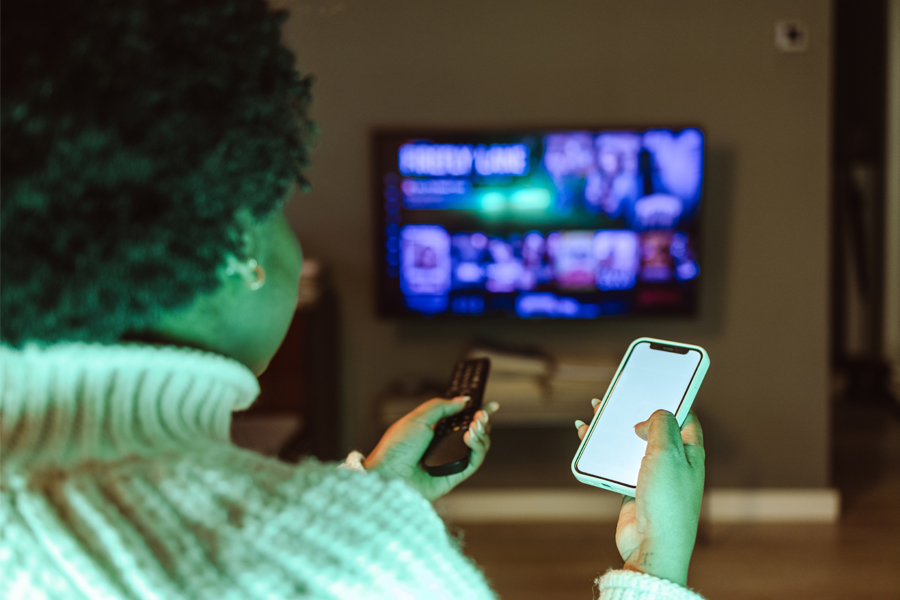
Brands Must Balance AI and Authenticity
As consumer behavior expert Colleen Kirk, D.P.S., explains, in 2026, marketers leveraging AI must remember to prioritize genuine connections and transparency.
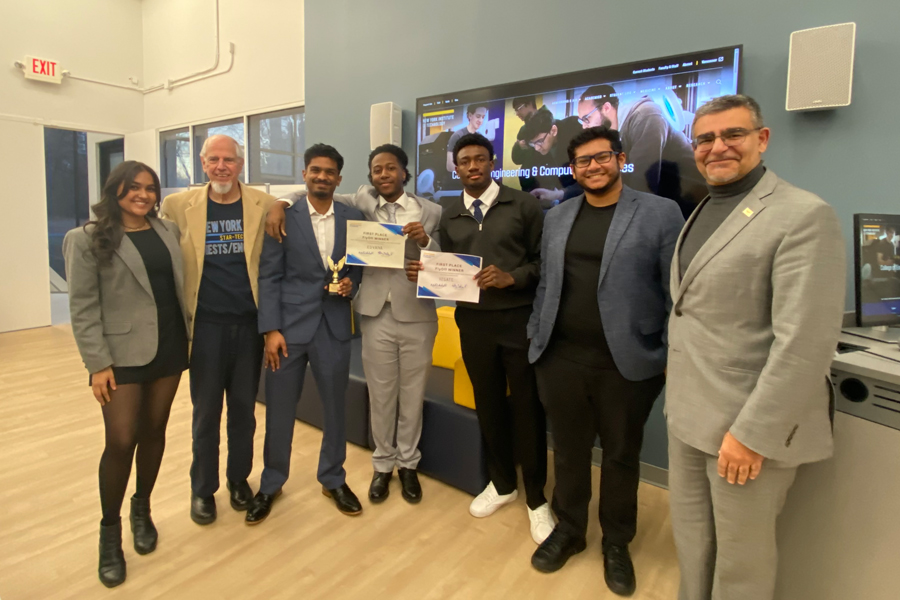
Student Entrepreneurs Share Big Ideas
Students gathered at the Innovation and Entrepreneurship Academy’s Startup Tech Central to present their startup companies at the third NESTS FlyOff event.
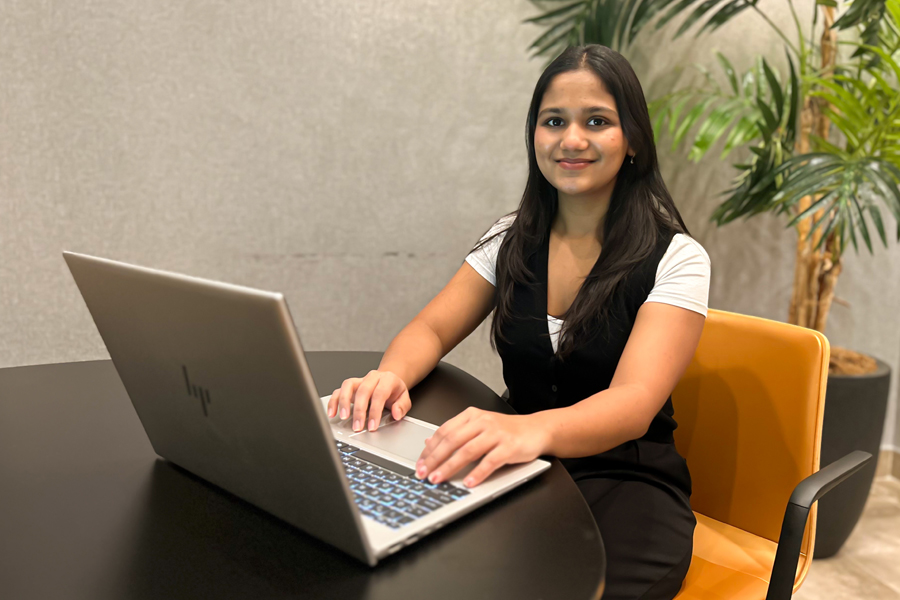
Intern Insight: Ananya More
When graduate computer science student Ananya More secured an internship with the MTA, she gained the opportunity to work with data for the largest subway system in the United States.
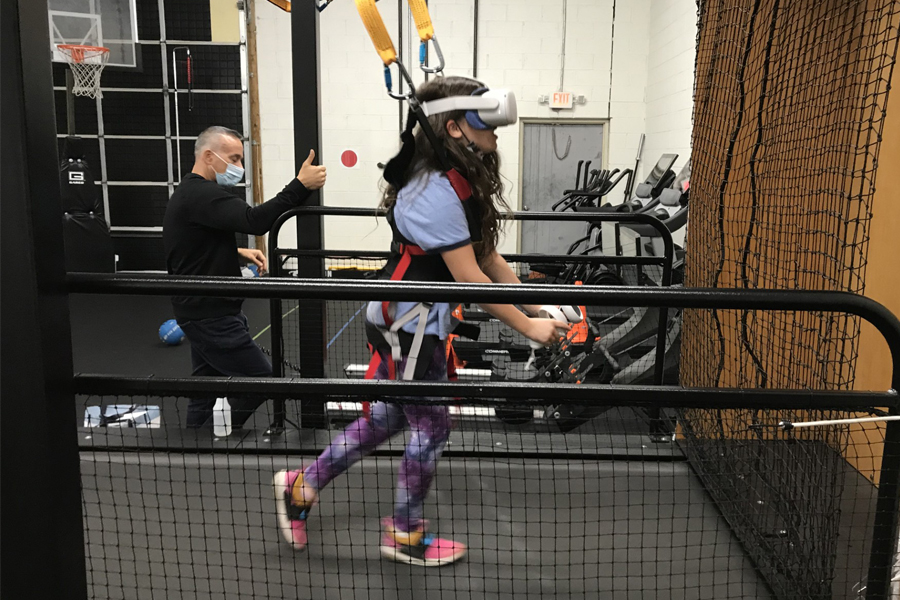
Study: VR Helps Children With Autism Participate in Exercise and Sports
A new study by researchers from the School of Health Professions and College of Osteopathic Medicine demonstrates how virtual reality (VR) can help children with autism spectrum disorder participate in exercise.